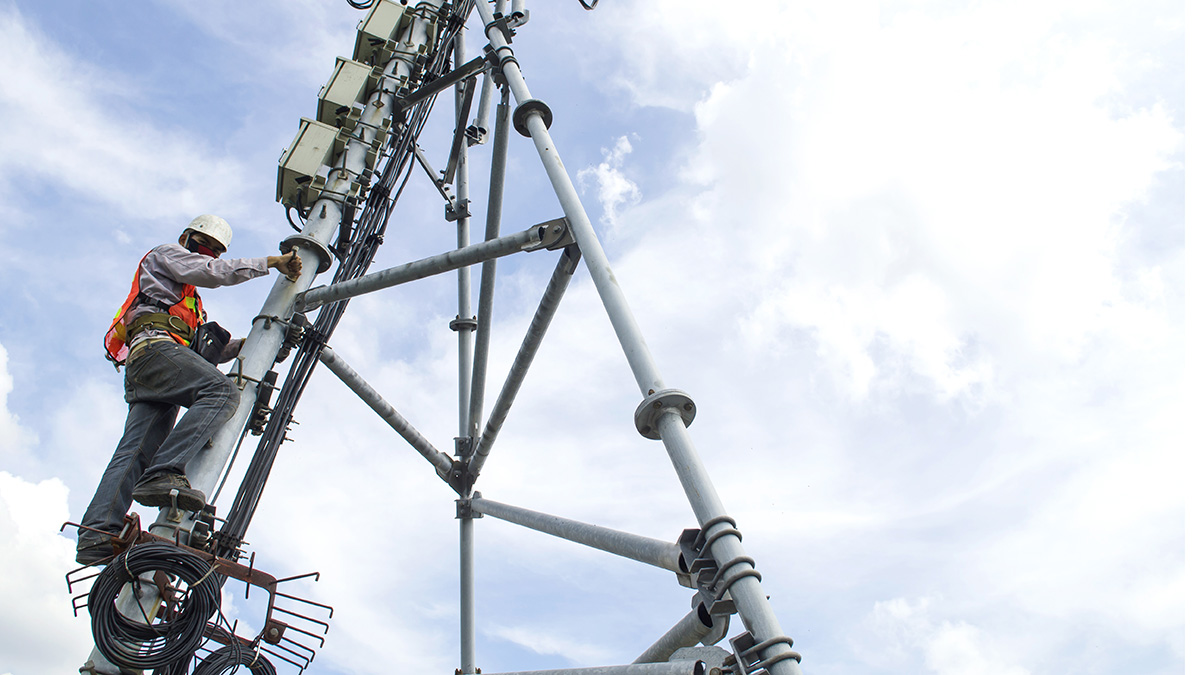Physical Address
60 Ekwema Cres, Layout 460281, Imo
Physical Address
60 Ekwema Cres, Layout 460281, Imo

We are in an age where one can share ideas, send information, or talk to loved ones far away. All in an instant. That’s the magic of telecommunication networks. These invisible highways carry data that power our modern lives, changing the way we connect, work, and enjoy entertainment.
From the ring of a phone call to streaming your favourite show, these networks work quietly behind the scenes, but their impact is everywhere.
So, what exactly is a telecommunication network? How does it move your voice, messages, and videos across cities, countries, and even continents in just seconds?
Let’s break it down and see more to this amazing technology.
A telecommunication network is a system that links devices and communication paths to send data, voice, and video between people or systems.
It uses technologies like fibre optic cables, radio signals, and satellites to make communication possible across both short and long distances. The main purpose of a telecommunication network is to connect people and devices quickly, safely, and efficiently, making it easy to share information.
The network has key parts, including devices like phones and computers, the pathways they use (like cables or wireless signals), and systems that direct the flow of communication.
These elements work together to ensure reliable access to everyday services like browsing the internet, making calls, joining video meetings, or streaming your favourite shows.
Read also: How to Easily Set up Your Starlink Hardware in Nigeria 2025
A fixed network in telecommunication is a system that uses physical cables, like fibre optics, coaxial wires, or copper lines, to connect devices and share data.
Unlike mobile networks that depend on wireless signals, fixed networks offer steady and fast connections, making them ideal for homes, businesses, and industries.
These networks are commonly used for services like internet access, landline phone calls, and cable TV. They are highly dependable because they are less affected by bad weather or interference compared to wireless networks.
Read: How To Transfer Airtime from Vodacom to Cell C in South Africa in 2025
A transmission network in telecommunication is a key part of the system that moves data, voice, and video signals from one place to another.
It uses different tools and methods, such as fiber optic cables, satellites, and microwave links, to deliver fast and reliable communication.
These networks are divided based on their purpose and range. For example, core networks are designed to handle large amounts of data over long distances, while access networks bring services directly to users.
Newer technologies like 5G backhaul and optical networks make these systems more efficient and capable, improving how we stay connected.
Telecommunication networks come in various forms, each serving unique purposes. Here’s a breakdown of the different types:
A LAN is a network designed for smaller spaces like an office, a group of buildings, or a factory. It’s widely used because it’s simple to set up and easy to fix if something goes wrong. Computers and devices in a LAN are linked to share files and resources.
WAN covers large areas, such as cities, states, or even countries. These networks can be private or use public systems. For example, a WAN might connect various offices of a business spread across multiple locations.
MAN is quite a bigger version of LAN. It’s also called Metropolitan Area Network and uses similar technology as LAN. It’s designed to extend over the whole city.
Read also: How to Easily Set up Your Starlink Hardware in Nigeria 2025
Internetworks link two or more separate networks together using devices like routers, bridges, and gateways. A prime example of an internetwork is the Internet itself, which connects countless networks worldwide into a unified system.
Wireless networks eliminate the need for physical cables, offering flexibility and convenience. The idea isn’t new. However, today’s digital wireless network is far more advanced, allowing seamless connectivity through modern devices.
Here are some of the most important uses of telecommunication networks:
While both involve data transmission, telecommunication networks focus on communication services like voice and video, while computer networks primarily connect computing devices for data sharing.
Fiber optics is a transmission medium that uses light to transfer data, offering faster speeds and higher bandwidth than traditional copper cables.
Core networks handle large-scale data transport across long distances, while access networks provide connectivity to individual users or devices.
Telecommunication networks provide reliable connections or advanced transmission networks that allow for fast data transfer, these networks are the backbone of modern communication.
They make it possible for us to stay connected and share information quickly, no matter where we are.
If you found this article useful, we’d love to hear from you! Drop your thoughts in the comments below. And don’t forget to connect with us on our social media channels for more tech tips and valuable content. Join our community and stay updated on all the latest insights!